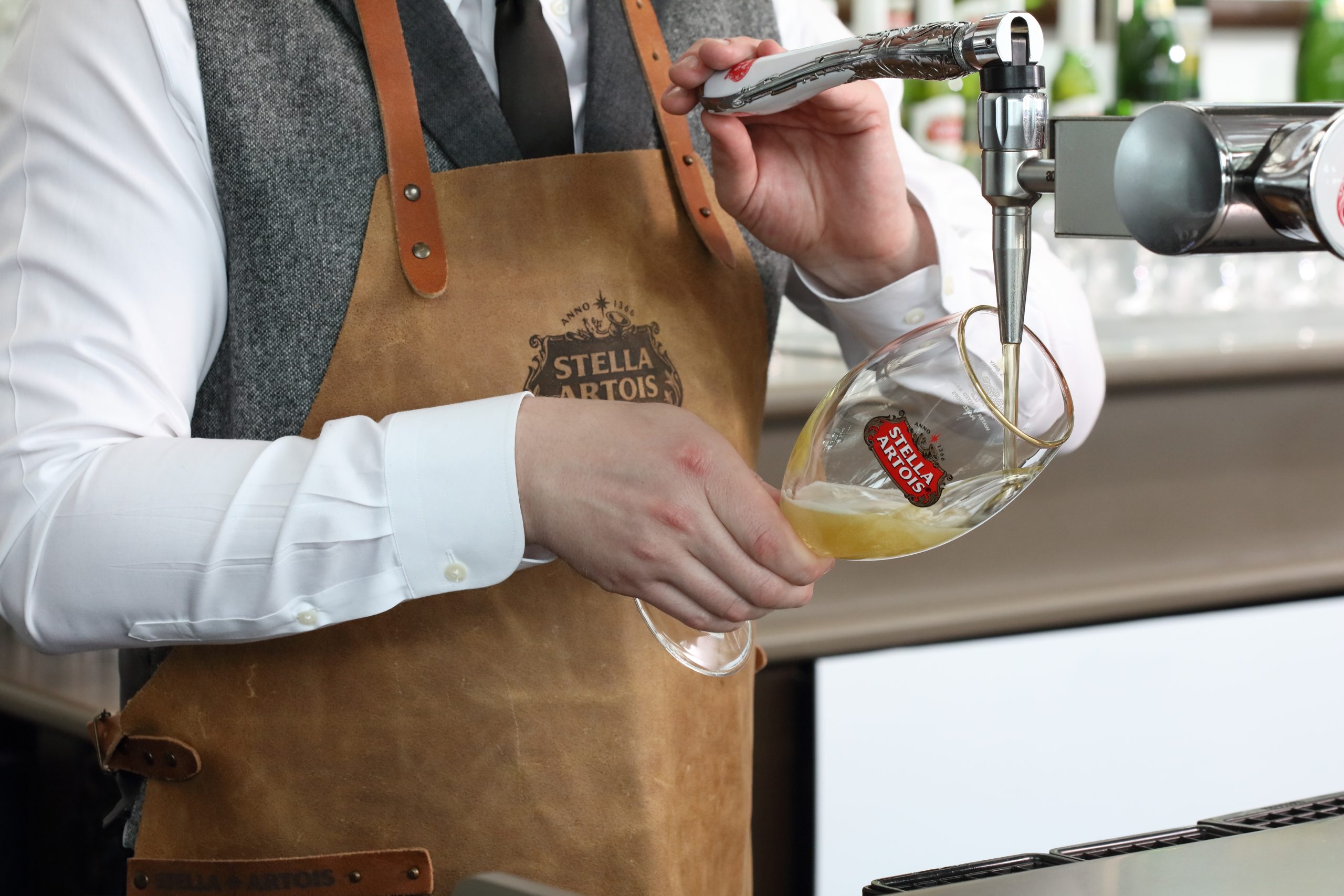The history of Stella Artois
Stella Artois owner AB InBev has released a number of lesser known facts about the history of the popular beer brand, whose origin story dates back to 1366.

Drinkers of the Belgian lager may know the taste and smell of Stella Artois well, but they are less likely to have dug into its history. Here are some of the lesser-known facts about the beer, from its origin in a small town in Belgium to the evolution of its design.
Stella Artois began as a holiday gift. Over 600 years ago in the Belgian town of Leuven, the Den Hoorn brewery was founded. Back then, the Den Hoorn brewmasters were rethinking how beers were fermented, which at the time were typically sour and darker brown.
After several generations of exploration the golden Stella Artois came to life during Christmas in 1926. To honour the occasion and the holiday, the brewery gifted the beer to the people of Leuven by naming it “Stella” (meaning “star” in Latin) and proudly placing a star on it – which remains on the bottle to this very day.
Stella Artois was named for an 18th century brewmaster. “Artois” honours Sebastian Artois, who acquired the Den Hoorn Brewery in 1708, and named it ‘La Brasserie Artois’. Sebastian became an innovator in his own right, successfully introducing many new beer styles. His efforts ultimately led to the Artois brewmasters creating a golden lager inspired by the German and Czech Pils (or Pilsner).
Partner Content
Saaz hops are the secret to its characteristic aroma. From the beginning, Saaz hops have been the key to Stella Artois’ distinctive floral notes. Saaz hops are known as one of the four “noble” hop cultivars and have a history going back over a thousand years. The beer’s makers claim that Stella Artois employees visit Saaz farmers every year to hand-select the hops, and evaluate their quality and aromas even to this day.
The signature chalice was first introduced in the United Kingdom in 1976. The chalice shape, with its narrow lip and tulip shape, was designed to help capture the Saaz hop aroma.
The green glass was developed in response to World War II brown glass shortages. Today, the green bottle is widely recognised as a sign of imported European lagers, but that was not always the case. When brown glass became scarce, Stella Artois began selling its beer in more widely available green glass around the world.
Stella Artois also featured in the ten most popular beers on Untapp’d in 2021. To find out which other brews came up on top click here.




